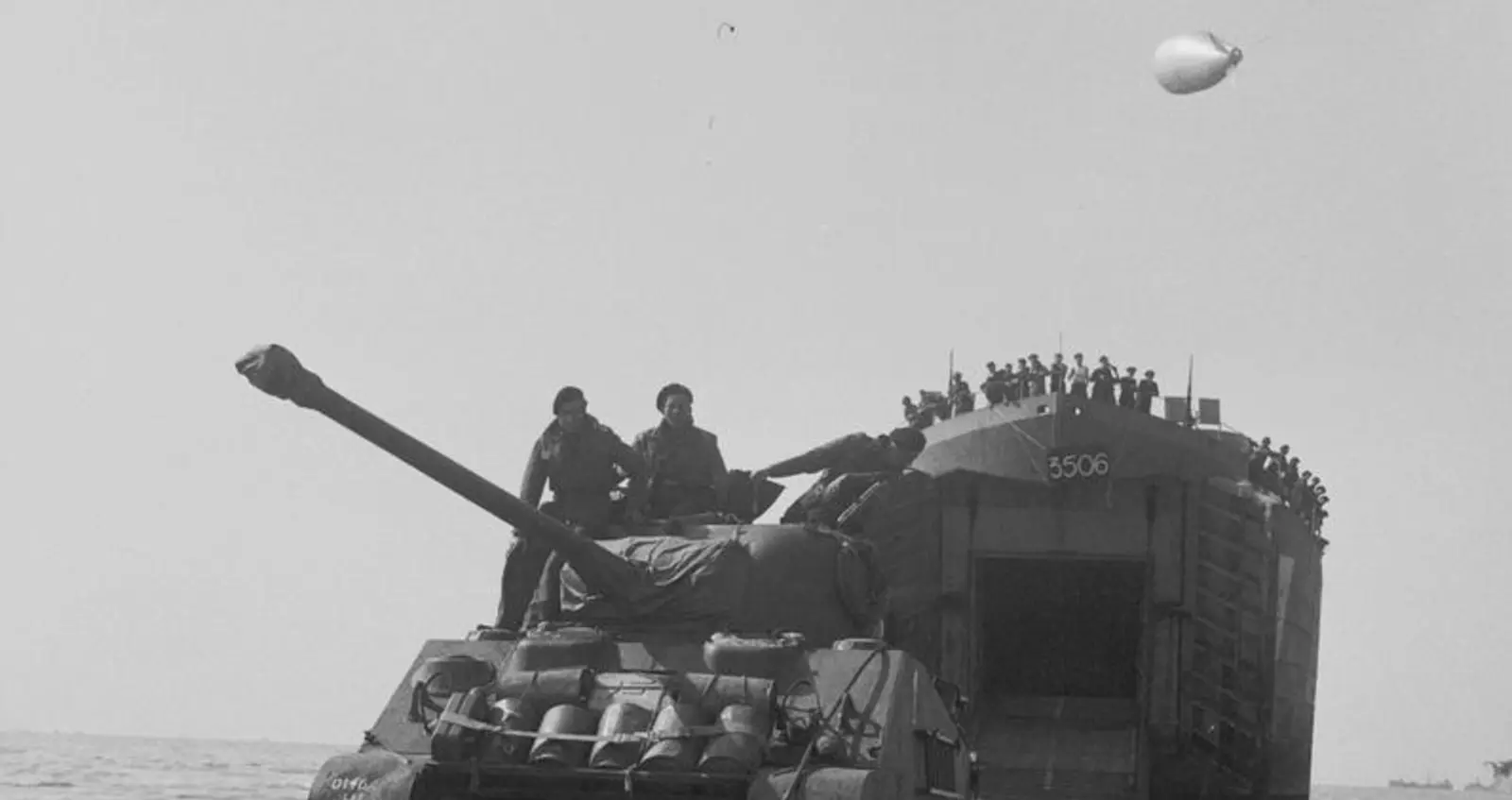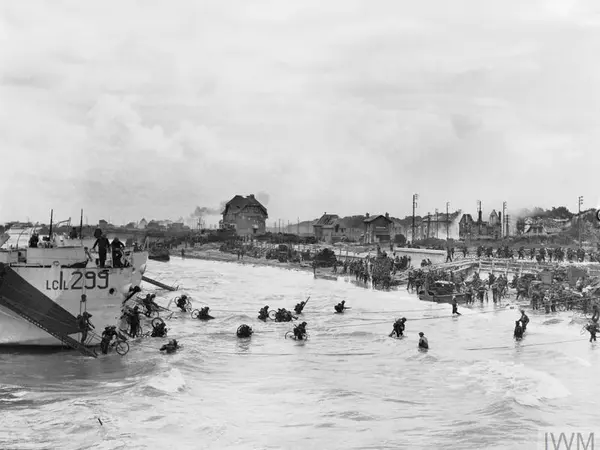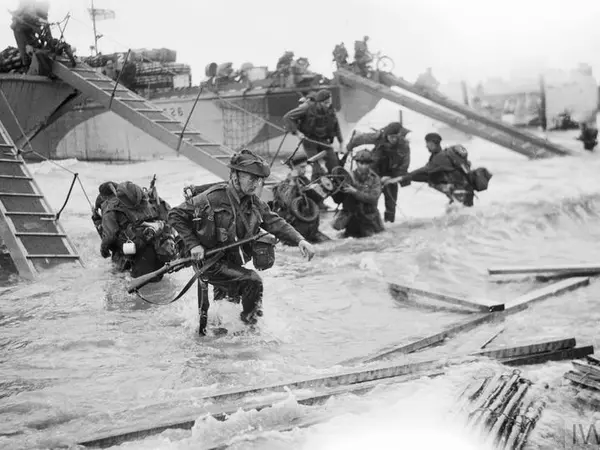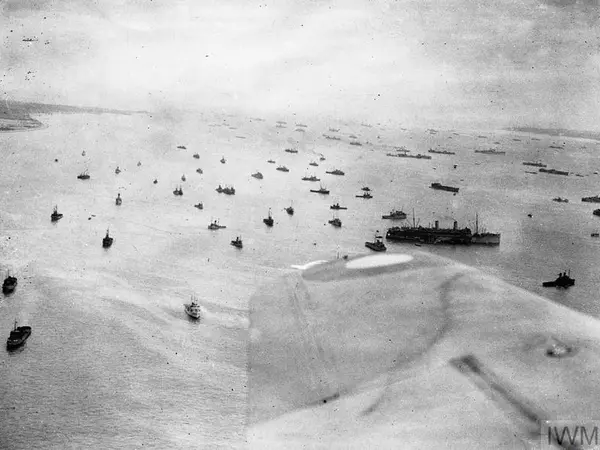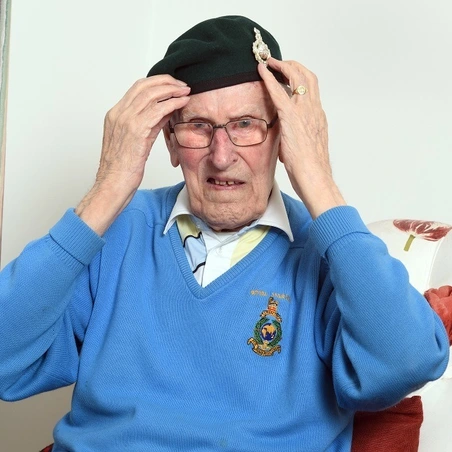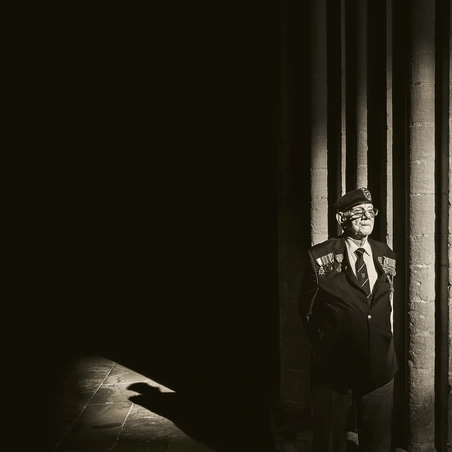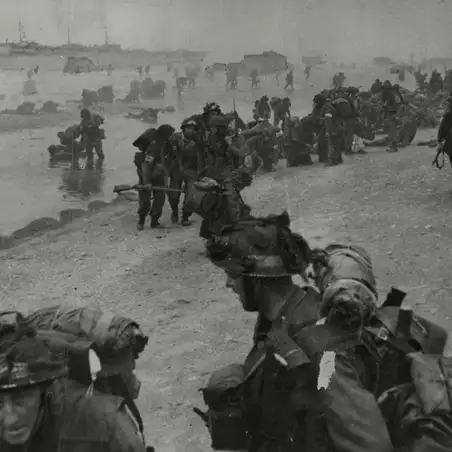1. It doesn't stand for what you think
The term D-Day is used by the Armed Forces to refer to the beginning of an operation. The ‘D’ stands for ‘Day’, meaning it’s actually short for ‘Day-Day’ (which is nowhere near as catchy).
Before the allied attack
in June 1944 there would have been many D-Days, however it was so iconic that it came to be used solely when referring to the beginning of Operation Overlord.
2. Britain was not alone
3. Even the Allied Forces couldn't beat the weather
The D-Day invasion was actually planned for the 5 June, however, in true British fashion, the weather was too bad for the ships to set sail. It was therefore postponed until the day after.
4. Hitler had been preparing
The D-Day landings weren’t a simple matter of invading a series of beaches. They involved breaching Hitler’s Atlantic Wall – a series of ‘impenetrable’ defences stretching 1,670 miles from Norway to Spain.
Much of this wall is still intact. Concrete turret defences, anti-landing obstacles and more can still be found all across the coast.
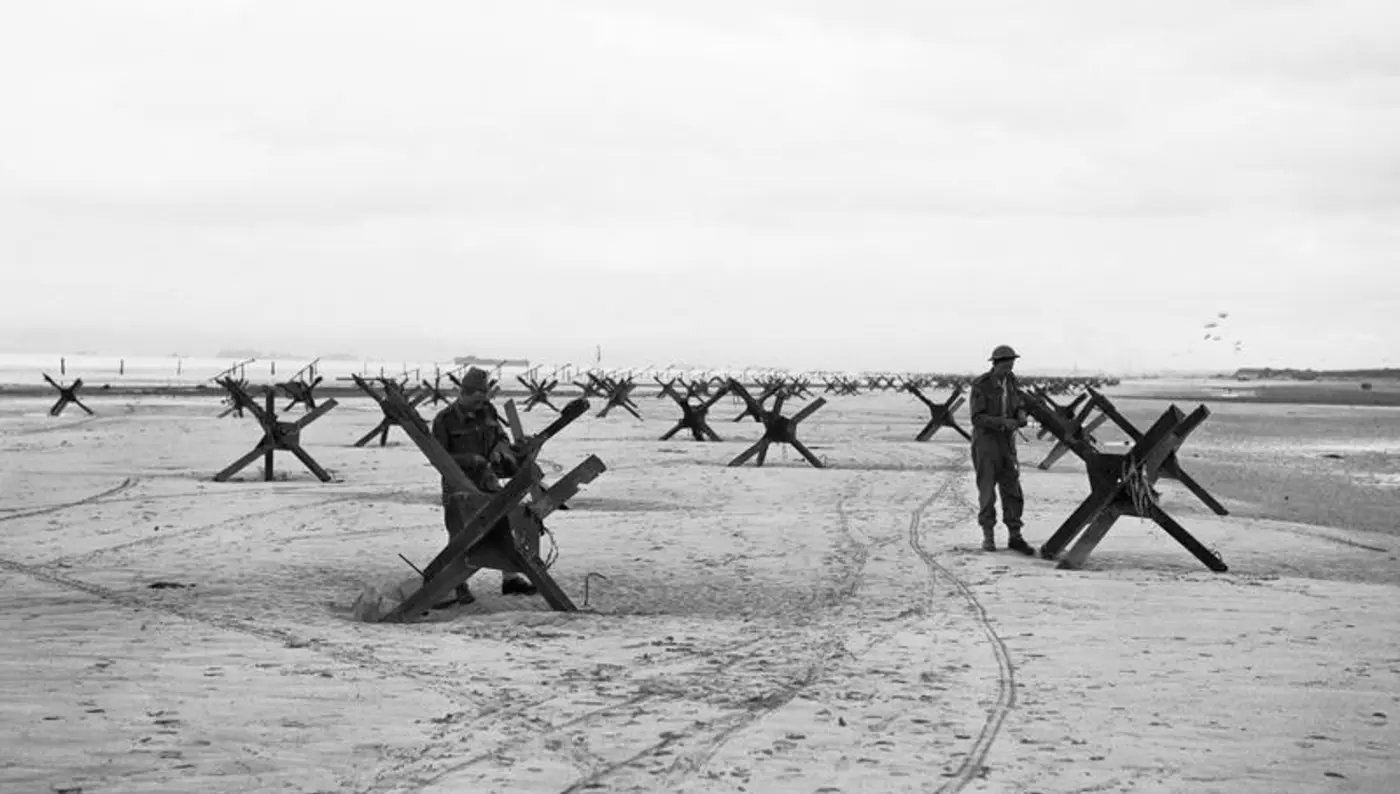
5. It wasn't the easiest option on the table
The Axis actually considered Normandy to be one of the least likely places for the Allies to attack. It had one of the furthest crossing distances from the UK, and no port.
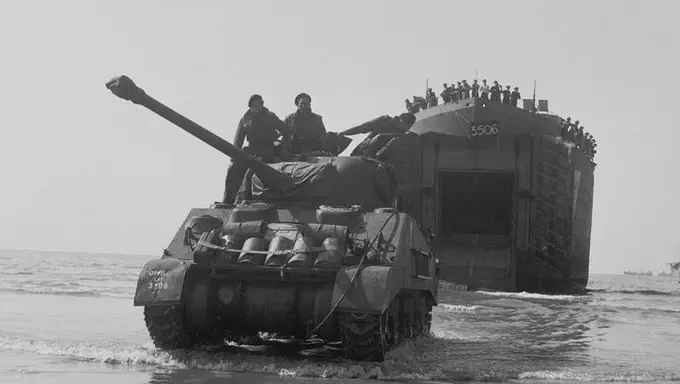
This is precisely why they chose to invade there. They invented and constructed two artificial harbours to solve the port problem, and transported 7,000 tonnes of vehicles and goods over them each day.
6. Equipment had to be specially invented
Not only were the Mulberry Harbours invented, so were the iconic landing crafts. These had a ramp that dropped down into the sea, meaning troops didn’t have to scramble over the side to get out.
7. The South of England was transformed
The jump-off point for the attack was on the South coast of England, and the bottom half of the country was transformed into one large army camp in preparation. Civilian and diplomatic travel was restricted, and journalists were constantly monitored.
8. Fake news played a big role
It was impossible to hide the coming attack from the German intelligence. The allies therefore ran operations to confuse them on when, and where, it would take place.
They leaked fake plans, set up fake camps and sent fake coded radio messages. On the morning of the 6 June, the Allied forces bombed Calais to give the illusion they were readying for an attack.
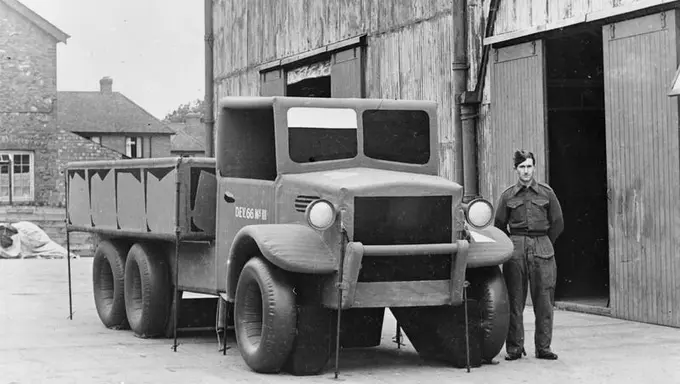
The French Resistance then cut telephone lines to stop news of the invasion reaching the German High Command. German intelligence wasn’t sure whether the attack was real even as it was taking place!
9. Landing wasn't the first step
British and American air-borne divisions landed behind enemy lines, capturing the Caen Canal Bridge - later renamed Pegasus Bridge - to stop German reinforcements. Capturing the bridge was no small task, and re-enactments now pay homage to the paratroopers on special commemorative occasions.
10. The news reached Anne Frank in the annex
Listening on a secret radio, Anne Frank recounts there was “great commotion in the Secret Annexe!” upon their hearing about the attack.
“Hope is revived within us”, she wrote, “It gives us fresh courage, and makes us strong again”.
Sadly, Anne’s hiding place would be found by the Nazis before that liberation she dreamed of could take place.

